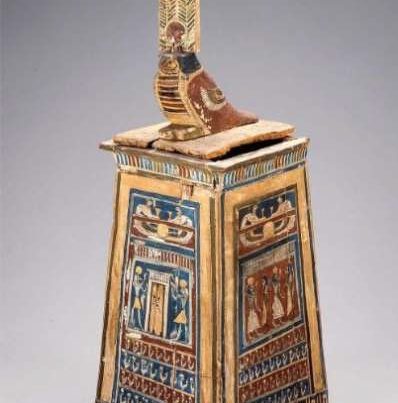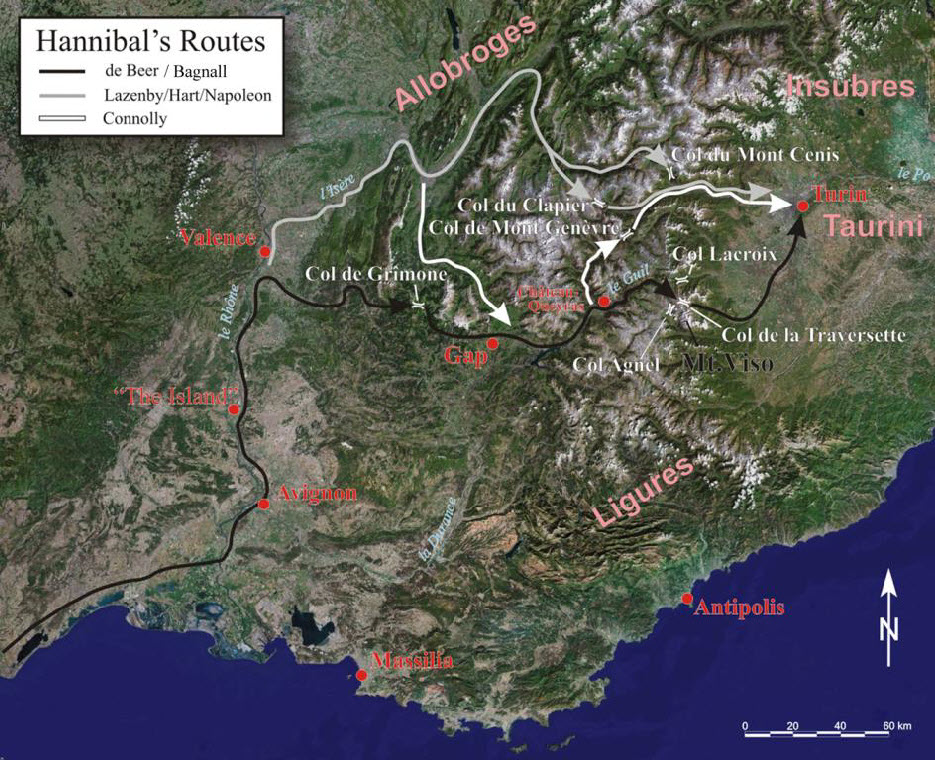by Nikolaos Laskaris and Ioannis Liritzis
ABSTRACT
The surface of six different archaeological obsidian tools are analyzed systematically with Time of Flight Secondary Ion Mass Spectrometry (ToF-SIMS) and Quad-SIMS for both the evaluation of the surface topog-raphy, as well as, the detection of remaining organic compounds via various amino acids, that may have been trapped in the surfaces. This initiates a new way to wear analysis and dating of prehistoric glass tools. The three basic criteria in surface topography and diffusion dating that has been investigated here for first time is the detection of organics, the elemental concentration mapping and 3D versus depth, and the simul-taneous recording of several cations (C, F, Al, Mg). In any H+ depth profile in obsidian hydration rim, C and Mg must also be included in measurement. A non-conformity of cation profiles between H+ and these cati-ons point an area with inclusions and the measurement has to be repeated in different spot.
![]()



